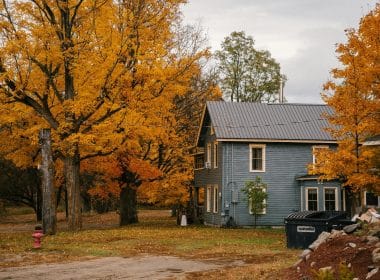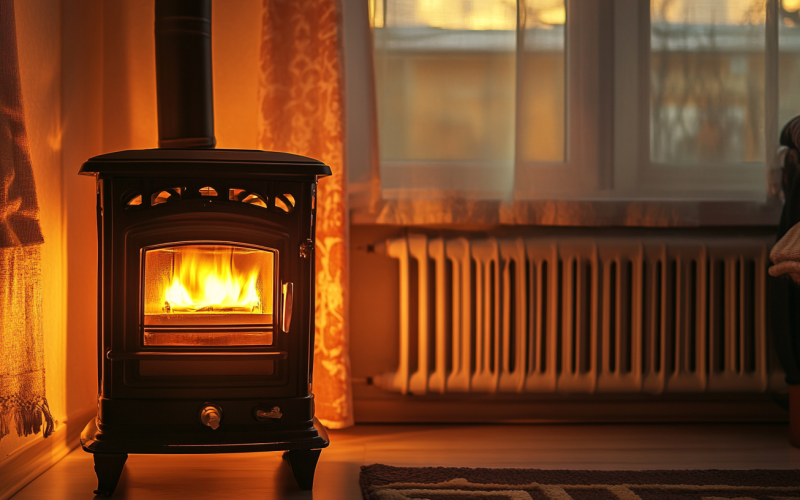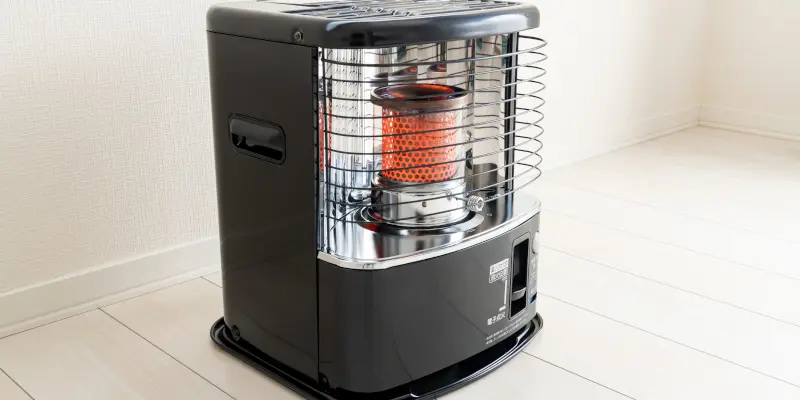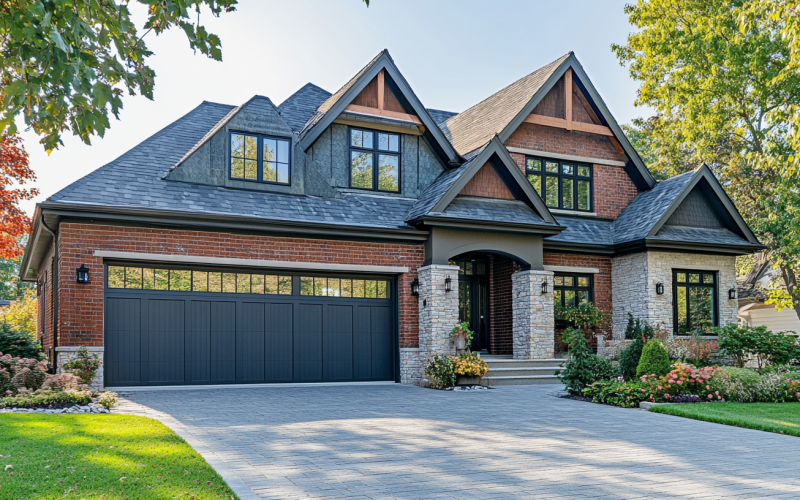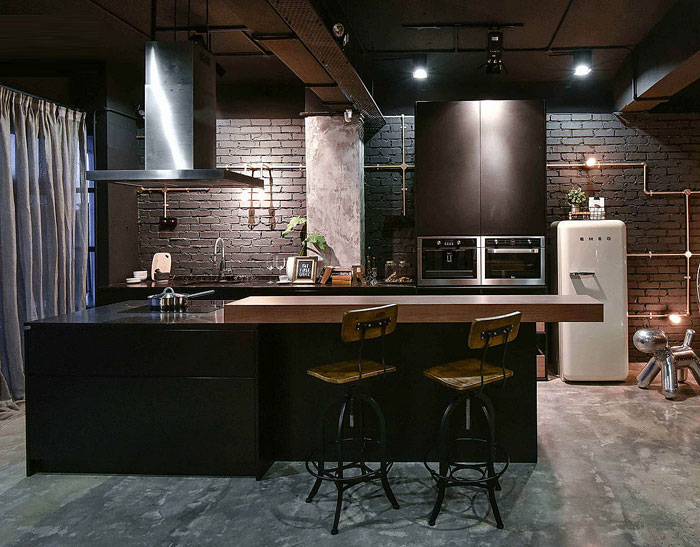As winter draws near, the longing for comfortable and cozy warmth in the house becomes paramount. Yet, the challenges of rising energy bills and inconsistent warming systems can be a huge concern. Kerosene heater offer an effective, financially savvy, and eco-accommodating solution.
They are reasonable, smaller, versatile, and can proficiently warm rooms or whole floors. With less effluents and minimum waste than common heating systems, kerosene heaters are an appealing choice.
This article will dive into the working of kerosene heaters, their kinds, advantages and, giving direction on choosing the best one for your requirements.
What are Kerosene Heaters and How Do They Work?
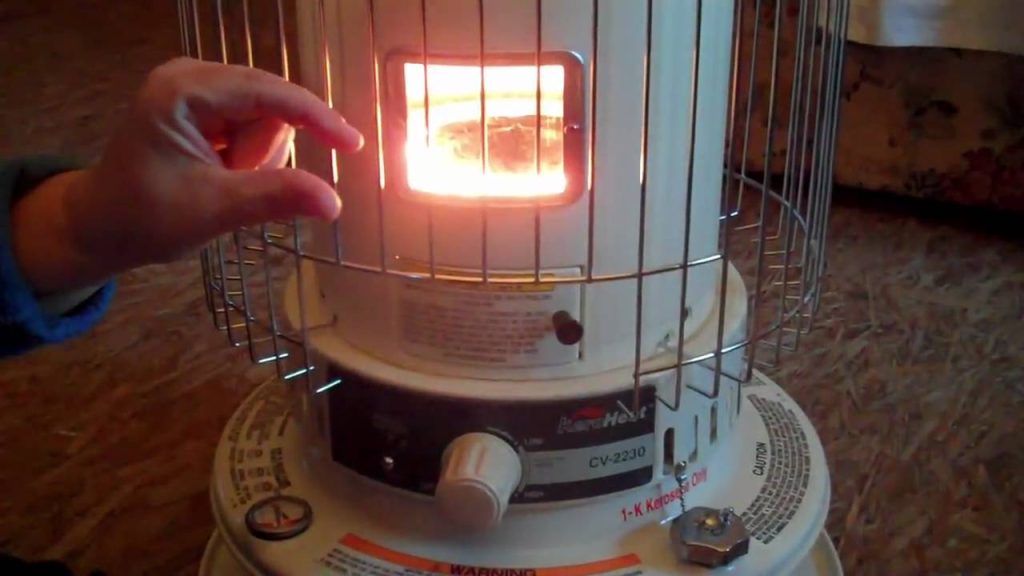
Kerosene heaters, also known as paraffin heaters, are powered by kerosene oil to provide optimized heating solutions. Kerosene is a stable fuel made by refining raw petroleum with low carbon monoxide toxicity. Both the heaters and the fuel are effectively compact which makes them a convenient choice.
Although they discharge an unpleasant aroma on ignition and cessation, their advantages are obvious. As a matter of fact, in 2021, 53% of provincial families in the US reported using kerosene as their primary heating source.
Kerosene heaters work in basically the same manner as huge kerosene lamps. They comprise a round shape wick made of fiberglass or cotton, incorporated into a burner unit over a tank filled with kerosene.
The wick pulls kerosene from the tank through capillary action, heats it until it transforms into a gas, and afterward consumes it to warm the air through convection or proximate objects through radiation.
Types of Kerosene Heaters
With regard to picking a kerosene heater, there are a few choices to consider, each with its own exceptional features, benefits, and applications.
1. Radiant heaters
These kinds of kerosene heaters are generally compact, produce minimum heat, use fuel at a slower rate, and function like little chimneys. They emit heat in the direct path, much like the sun’s radiation. These radiators directly heat objects and individuals, as opposed to warming the air. They are great for little, very much protected spaces and are frequently utilized for spotwarming.
2. Convection heaters
Convection heaters are usually bigger, produce more warmth, utilize fuel at a much faster rate, and operate like furnaces warming all the air in a room. They are reasonable for bigger rooms and are ideal for entire room warming.
3. Ceramic Kerosene Heaters
These radiators include a ceramic component for added precaution and effectiveness. They are intended to create a steady heat flow and are mostly used for small to medium-sized rooms.
Benefits of Kerosene Heaters
Kerosene heaters have the flexibility to be used in houses or commercial locations because they are eco-friendly heaters. We have listed some of the benefits of kerosene heaters below:
1. High Productivity
The fuel turns into heat through a complete combustion process in a kerosene heater, which then spreads out fast and evenly over spaces. Small to medium rooms are ideal for this design since they provide continuous heat flow.
2. Cost-effective
Kerosene heaters are an inexpensive alternative to other heating methods which is what makes them quite fascinating. They are also helpful to those who live in places with high electricity bills as well as to those without access to electricity or natural gas.
3. Safety
Present-day kerosene heaters come with safety features like auto shut-off and anti-tip that limit hazards associated with them. The likelihood of carbon monoxide poisoning is also minimal hence making them great choices.
4. Portability
Typically, these kerosene heaters are small sized hence very portable and easy to move from room to room without much struggle.
Tips to Choose the Right Kerosene Heater
Some of the key factors you should consider before purchasing a kerosene heater include:
- Think about Your Space: The choice of a heater should be based on your room dimensions and heat retention capacity.
- Check for Safety: Make sure that the heater has an automatic switch-off, an anti-tilt feature, and an enclosed fuel container.
- Analyze Your Needs: Consider any additional features that may be helpful to you including portability or adjustable temperature settings.
Precautions
In case not handled properly, kerosene heaters can be a source of danger or harm. To reduce the possible dangers related to their use, it is necessary to comply with safety measures.
- Follow Manufacturer’s Instructions: Thoroughly read and adhere to directions given in the user manual. Know how this device works, its safety measures, and technical requirements.
- Keep Away from Combustible Objects: Avoid combustible items such as curtains, bedding, or furniture.
- Ventilation: Ensure adequate air circulation to keep off carbon monoxide buildup. Opening up windows or using exhaust fans will assist in maintaining good airflow patterns.
Conclusion
By having enough information on the application of kerosene heating options, one can make wise decisions on how to stay warm through safe, efficient, and economical solutions. Be sure you choose the perfect heater for your needs while adhering to preventive measures.

